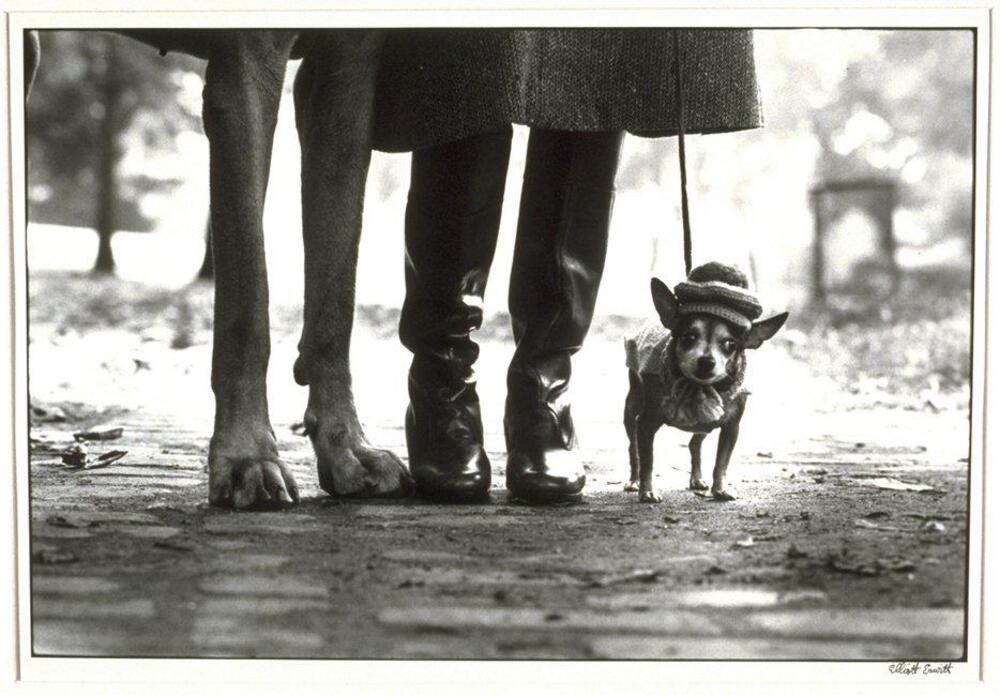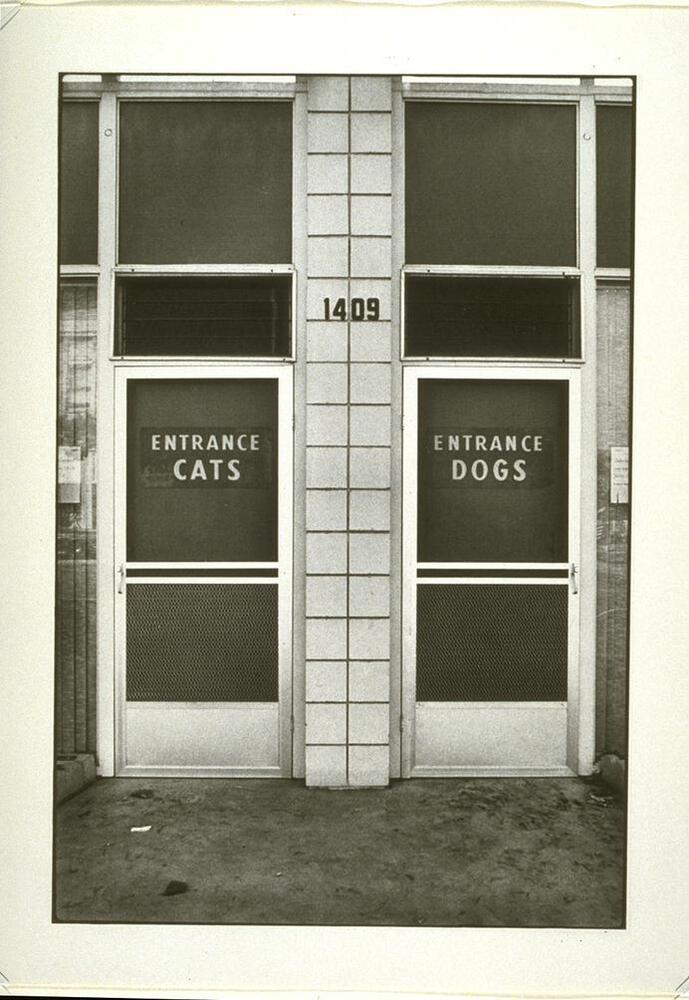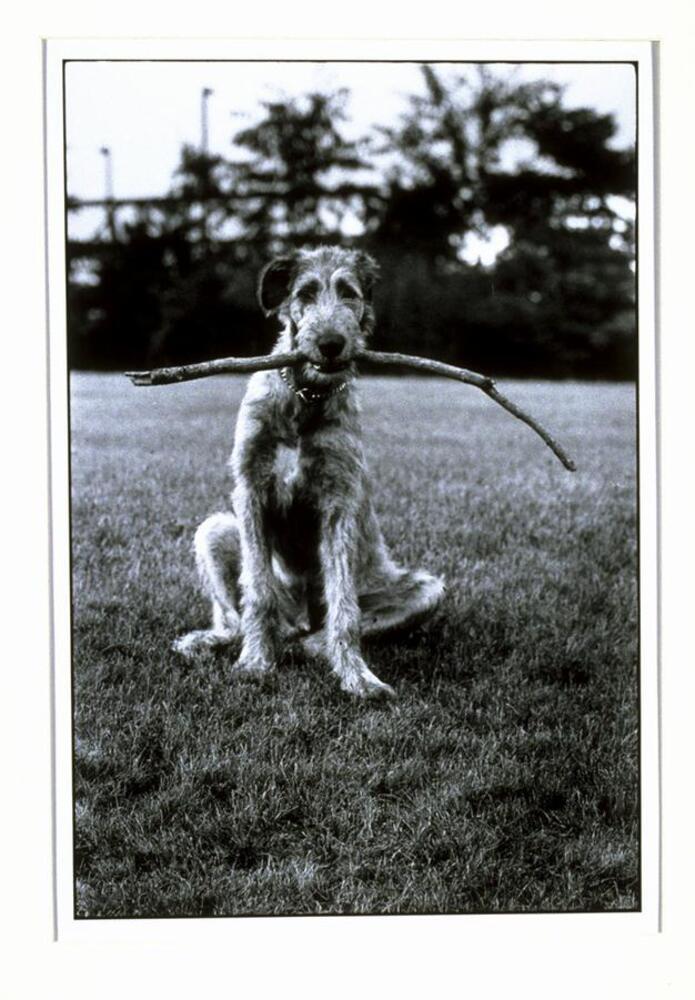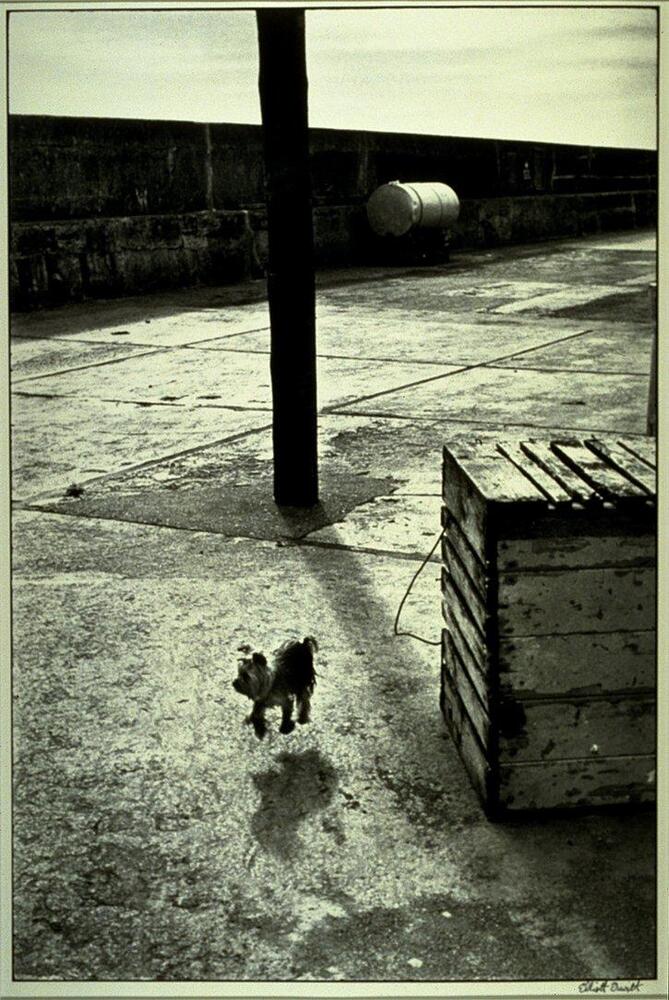Lesson Plan: Image Sequence
“Inge Morath and Arthur Miller: China,” UMMA Teacher Workshop, February 6, 2008 Lesson adapted from various projects from Learn to See, by Susan Meiselas. Cambridge, MA: Polaroid Foundation, 1974.
Objectives
Students will be introduced to the way images and text work together to make a narrative. Sequences of photographs are encountered in magazines and newspapers, graphic novels, children’s books, and other places. In many of these sequences, text describes, illuminates, and tells stories about the subjects within the images.
National Core Standards
- Synthesize and relate knowledge and personal experiences to make art
- Perceive and analyze artistic work
Grades
K-8
Time Required
One to two class periods
Materials
- Paper
- Glue
- Fasteners: string, grommets, rubber bands, brads, staples
- Cover paper: cardstock
Lesson
- Before Class Activity: The teacher will print the UMMA photographs found above, or the teacher would ask students to bring a collection of images to school appropriate for the project described below, such as pictures of their life, their neighborhood, school life, narrative pictures from magazines or internet, or collections of images of similar objects.
- Using a set of approximately ten photographs, students will plan the sequence and layout of their books. They might arrange it thematically (create a collection of a certain subject such as houses, doorways, chairs, dolls) or narratively (tell a story in which they capture actions in a sequence)
- Sharing with other students, they will guess at the logic behind the curation of the photographs
- If time, students will create a book. Search for various book formats, including folded pages or perfect bound books using yarn, staple, rubber bands, ribbon, brass fasteners, buttons, grommets, or bolts.
- Writing (optional): students can add captions, write a story that incorporates the pictures and images, write descriptions of the differences between the images in the sequence, turn the images into a comic book page with text bubbles, or even write on top of the photographs.
- Discuss how meaning changes when text and images combine. What is the relationship between them? Does one have more weight?
Rate this Resource
AVG: 0 | Ratings: 0
& Author Notes
Creative Commons by-nc-saLast Updated
September 22, 2020 8:30 a.m.Report
Reporting Policy






